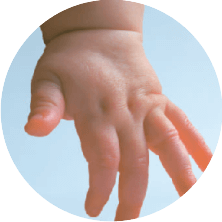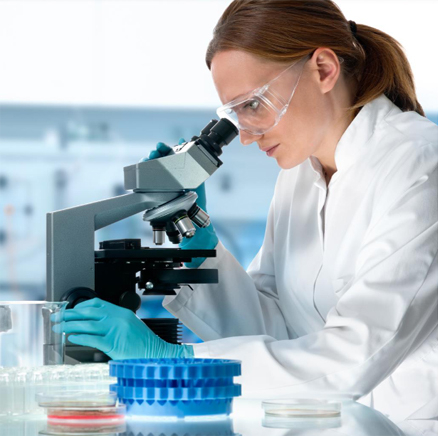Wharton’s Jelly

Tissue of umbilical cord (Wharton’s jelly)
In recent years it is discovered that the umbilical cord substance, Wharton’s jelly, contains stem cells that can turn into other cells of the body. These cells are the type of mesenchymal cells and found in tissue surrounding blood vessels of the umbilical cord. The mesenchymal cells are particularly cells and collected by a special method, which separates them from the tissue of the umbilical cord.
The R&D team of Biohellenika has developed the technology and offers to the parents the maximum number of mesenchymal stem cells from the total length of the umbilical cord. This way, exploit the whole amount of mesenchymal stem cells and there is no need to proliferate the cells in the future, which in this case is an additional cost for family and most importantly it changes the biological properties of the cells.
Cell proliferation is not prefered for any type of cell, hematopoietic mesenchymal. International rules require minimum intervention in the cells and cellular proliferation leads to the creation of less primitive cells. The specific method used by Biohellenika was published in the international medical magazine Journal of Biological Research in 2011 and the Journal Transfusion Medicine in 2011 and it is different from cryopreserving whole pieces of umbilical cord.
The cryopreservation of umbilical cord segments without prior isolation of cells, a method that may be used by several banks, in a short time, requires no special skills, does not provide the required number of stem cells and more importantly, does not ensure the viability of stem cells after thawing of the segments.
In order to build such a sample would be required to follow the process of cell proliferation after thawing in the future with extra cost.
The mesenchymal stem cells which are located outside and around the vessels of the umbilical cord, can not be collected either with the classical puncture of the cord or the placenta drainage. The cord is collected in a special sterile bag and transferred immediately to the lab. The cells are separated by enzymatic technique, gradually frozen and stored at cryovials, independently from those of cord blood stem cells.
Attention: The parents that choose to bank mesenchymal cells from the cord, must immediately after the labor transfer the cord to the labs, because the tissue is destroyed after disconnection from the bloodstream.
This service is added to the classic collection from the umbilical cord blood vessel puncture and the placenta drainage, offers the highest number of stem cells that can be collected at birth. Since the stem cells of the umbilical cord-placenta unit is qualitatively superior to any other source, it is ensured by Biohellenika that the child and the family from the moment of birth will have the greatest quantity and highest quality of cells.
By using all these three sources during the birth,we secure three independent collections of cells. And in this case, Biohellenika provides the best scientific and professional service, without considering the cost.
This completes any possible collection of stem cells from the placenta and umbilical cord at birth, ensuring the treatment of blood diseases and regenerative medical applications in patients with large body mass, which under other circumstances could not had the opportunity to keep a sufficient number of stem cells for their treatment.
A second publication of Biohellenikas R&D in Transfusion Medicine in 2011 supported and strengthened the the effectiveness of the methode.

